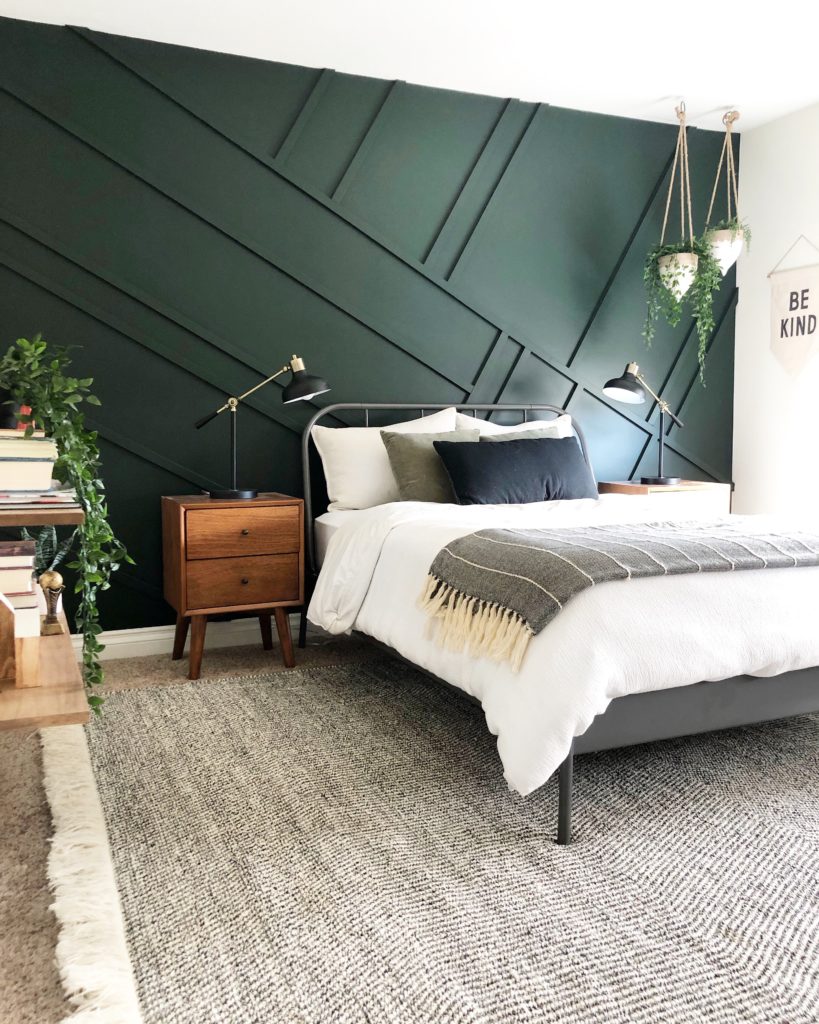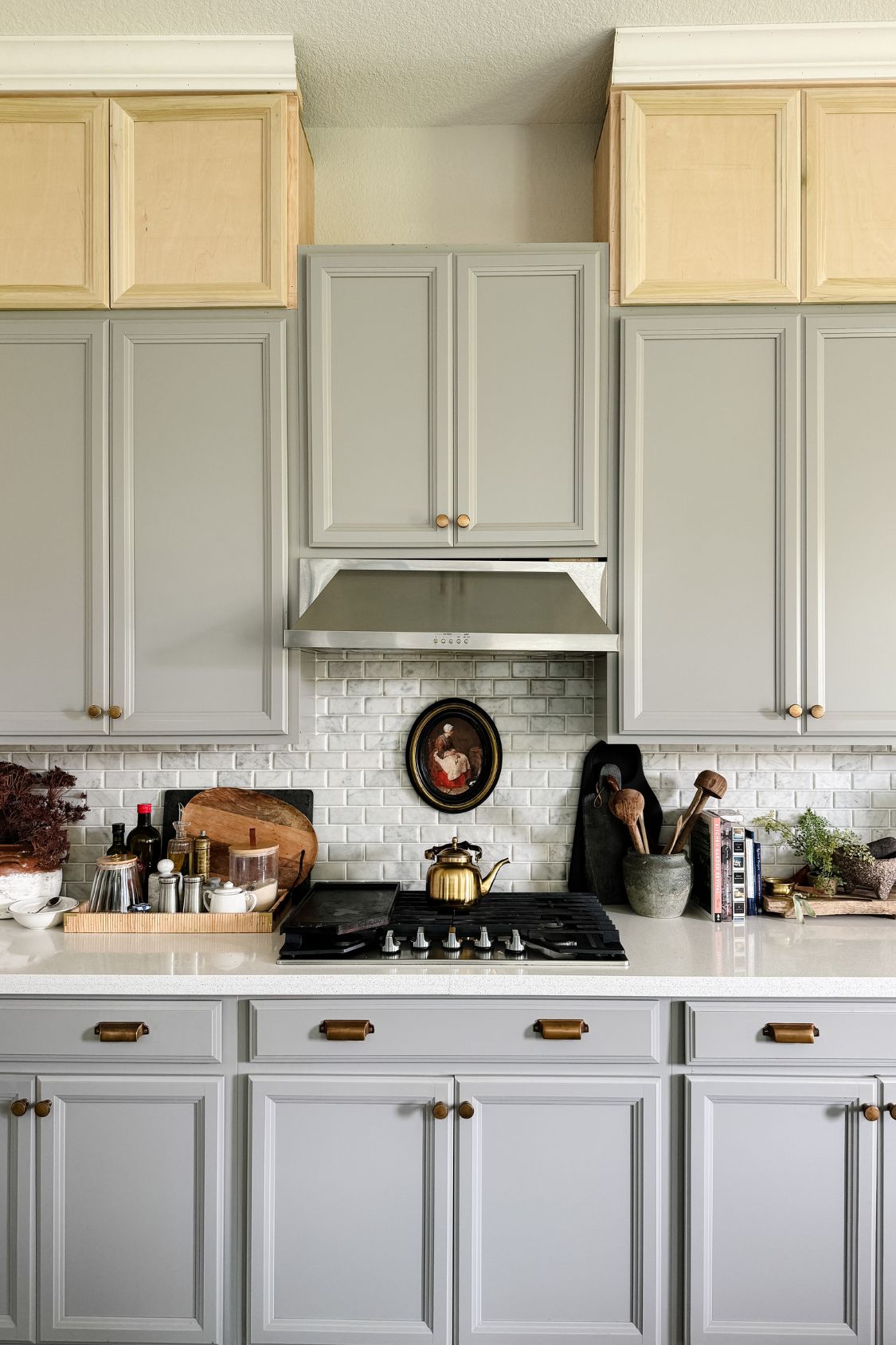Easy DIY Pinch Pleat Curtains – No Sew Tutorial
Pinch pleat curtains are a classic window treatment that can instantly elevate the look of any room. They give a high-end, tailored look that fits perfectly into spaces ranging from casual living rooms to elegant formal areas. The best part? You don’t need a sewing machine to make your own DIY pinch pleat curtains! In this no-sew tutorial, I’ll walk you through the steps to create beautiful pinch pleat curtains, complete with pleater tape and curtain hooks. Whether you’re looking for traditional pinch pleats, euro pleats, or even cafe-style curtains, this guide will help you get a polished, custom look for your own home.
What Are Pinch Pleats?

Pinch pleats are a type of drapery pleat that is sewn (or in this case, fastened) into the fabric, creating pleats that gather tightly at the top and cascade gracefully down the length of the drapery panels. The pleats are usually formed in groups of two, three, or even four, depending on the style you’re going for. You might have heard of double pleats, triple pleats, or euro pleats. They all give a slightly different look, but the common goal is to create a nice drape and add volume to your curtains.
Most store-bought curtains don’t come with pleats. It’s a small detail that really elevates the entire window treatment to a designer look. It’s an easy DIY project you can take on yourself. I did this for my first set of bedroom curtains and it was such a good look!
Materials Needed
Here’s what you’ll need to create your own DIY pinch pleat curtains:
- Store-bought or flat panel fabric panels (IKEA curtains are great for this!)
- Pleater tape (also known as pinch pleat tape)
- Curtain hooks or draper hook set
- Curtain rod
- Fabric scissors or any sharp scissors
- Measuring tape
- Iron on fabric adhesive tape
- Optional: Blackout lining for added privacy and light control
Step 1: Measure Your Windows
Before you get started, it’s important to measure the width of the window and the length you want your curtains to be. When creating pinch pleat curtains, you’ll want to add extra fabric to ensure your drapes can gather properly. A good rule of thumb is to multiply the width of your window by 2 or 2.5, depending on how full you want your curtains.
For the length, make sure to measure from the top of the curtain rod to the desired bottom of the curtain. Don’t forget to account for any bottom hem or hardware like drapery rings. This is the exact length you’ll need to cut your fabric.
Step 2: Prepare Your Fabric
If you’re starting with a raw material like linen fabric, you’ll want to cut it to the appropriate dimensions based on your window measurements. If you’re using store-bought curtains (like IKEA curtains), the next step is to lay your fabric panels out on a flat surface, ensuring they are wrinkle-free and ready for pleating.
To give your curtains a more polished look, you can fold over and iron the side edges and bottom edge to create a clean look. If you’re using pre-made curtains, this step is likely already done for you.
Step 3: Attach the Pleater Tape

Now comes the fun part! Attach the pleater tape (also called pinch pleat tape) to the back of the top of the curtain panels. The pleater tape is where all the magic happens. It has tiny loops or little pockets that you’ll use to insert your pleater hooks. Simply lay the tape along the top edge of the fabric, making sure it’s aligned properly.
Secure the tape to the fabric using fabric adhesive or iron-on bonding tape if you’re aiming for a no-sew approach. Be sure to leave a couple of inches on each side to fold the tape inward for a clean finish. Also, ensure that the edges of the tape don’t hang over the fabric.
Step 4: Pleating the Curtains

Once the tape is secured, it’s time to pleat your fabric. This is where you’ll use a little math to figure out how many pleats you want. If you’re making triple pleat curtains, you’ll need to space the pleater hooks evenly along the top of the curtain. Insert each prong of the hook into the corresponding pockets on the pleater tape:
- First prong goes into the first pocket
- Second prong skips a pocket
- Third prong skips another pocket
This creates a base of the pleat that will form the characteristic pinch. Repeat this process for the entire length of the panel, making sure each pleat is consistent for a nice drape. If you want a double pleat instead of a triple, simply use fewer prongs on the pleater hooks.
For the first pleat, leave about 2″ from the beginning of the curtain. If you’re not a fan of math, here’s a little trick I learned from Erin Zubot Designs. Add the first and last hooks to the curtain then fold in half to add the middle pleater hook. Now just evenly add the rest of the hooks! For a 50″ panel you should get 5 triple pleats and 7 double pleats.
If you want to really get that “pinch pleat” look there’s a little bit of sewing involved but you can skip this step and still get a beautiful look. Sew the bottom of the pleat to create that pinched look with a needle and thread. You’re just sewing the end of each pleat before the fabric falls from the front of the curtain panels.

Step 5: Hanging Your Curtains
Once you’ve finished pleating, it’s time to hang the curtains! Hook them onto the curtain rod using drapery rings or metal grommets. Make sure to distribute the weight evenly across the curtain rod for a clean look.
Check the length of the panel to ensure your curtains hit the desired height from the floor or window sill. If you’re working with cafe curtains, which cover only part of the window, adjust accordingly. Train your curtains to hang with the pleats by tying them up in a few spots for a few days. This trains the folds to sit nicely.
Step 6: Finishing Touches

Take a step back and admire your work! The final result should be beautifully pleated curtains that hang evenly and add a touch of elegance to your room. I like doubling up the amount of fabric I use for pleated curtains for a more full look. You can also experiment with different ways to customize the look of your curtains by adjusting the number of pleats. For example, euro pleat curtains have a more relaxed, contemporary look compared to traditional pinch pleat drapes. Diy pinch pleat cafe curtains are also a great option if you’re aiming for a cozier, more casual look in kitchens or dining areas.
Troubleshooting Tips

- Too short curtains? If you’ve misjudged the exact length of your curtains, you can always add a decorative trim to the bottom hem for a little extra length.
- Uneven pleats? Make sure you’re inserting the prongs of the pleat hooks into the correct pockets of the pleating tape and spacing them evenly.
- Curtains not hanging straight? Double-check that the hooks are all placed at the same height along the back of the fabric to avoid any drooping.
Why DIY Pinch Pleat Curtains?

Creating your own pinch pleat curtains not only saves you money, but it also gives you control over the style and fabric choices. You can opt for a high-end look using pure linen, or go for a more affordable option by using store-bought curtains like I did. The choice of pleats—whether double pleats, euro pleats, or triple pleats—allows for a range of styles, from classic to contemporary.
With just a little elbow grease, some basic supplies, and this easy method, you can craft your own DIY pinch pleat curtains that add a professional touch to your window treatments without the extra cost of hiring a professional or using a sewing machine.
Frequently Asked Questions

Can I use a sewing machine to make these curtains?
Yes! While this is a no-sew tutorial, if you prefer, you can sew the pleater tape onto the fabric for added durability.
Do I need to use pleater tape, or can I pleat the curtains by hand?
While it’s possible to create pinch pleats by hand, using pleater tape is by far the easiest method, especially for beginners.
What kind of fabric works best for pinch pleat curtains?
Thicker fabrics like linen, cotton, or velvet provide a nice drape, but you can experiment with lighter materials if you want a softer look. Heavier and thicker material make it a little more difficult to pleat them but it’s possible with some patience!
Making your own DIY pinch pleat curtains doesn’t have to be complicated, and the final result is well worth the effort. Whether you want to achieve a polished, tailored look for your living room or create diy pinch pleat cafe curtains for a more casual vibe, this tutorial provides you with an easy method that requires no sewing. With a few key materials and a little softness from high-quality fabric, you can transform your windows and add a personal touch to your home.









